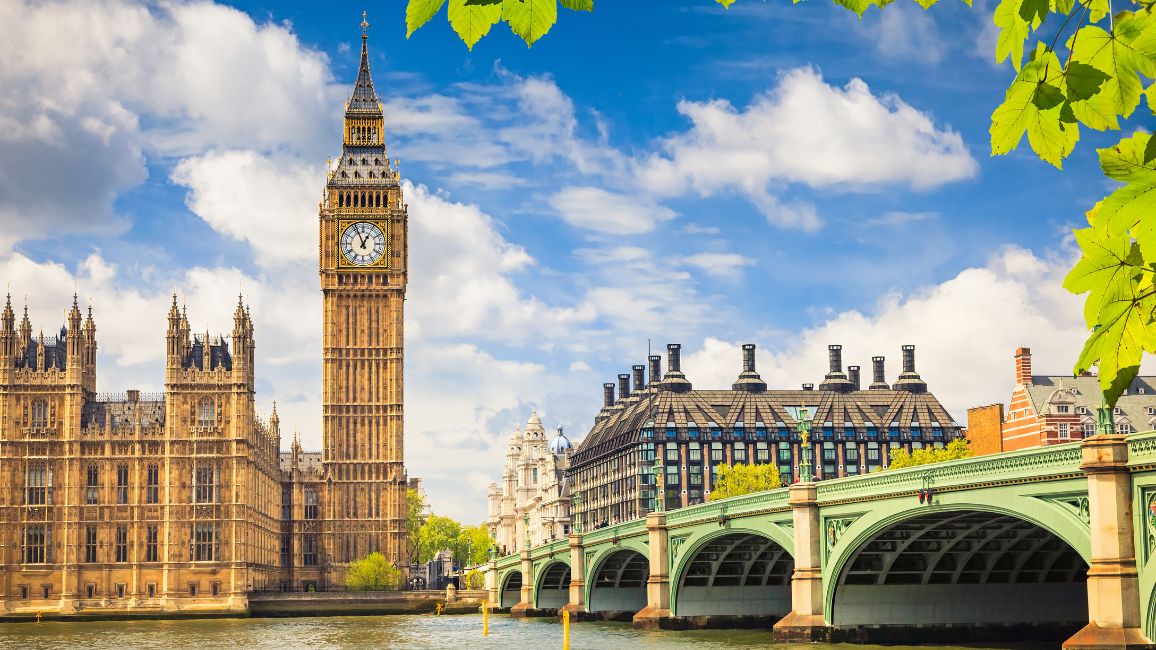How to Set Learning Objectives for Your School Trip
Wondering how to set learning objectives for school trips? There are a few things to consider before you head off on a trip, and they will help you write effective learning objectives for your students. It’s fantastic to be able to show them all of the fascinating attractions and historical landmarks, but making sure they are also learning and developing your chosen subject knowledge is key. Ready to discover exactly how you should set learning objectives? Let’s explore this in more detail!
Why are learning objectives important for students?
Setting learning objectives not only helps students with their learning but also supports you as a teacher. Reasons why learning objectives are important include:
- Set student expectations
- Helps to guide their learning processes
- Increases student engagement
How to set learning objectives
Here’s how to write effective learning objectives for your students.
Identify what you want your students to gain
What exactly do you want your students to gain? Is it attitude, skills, or knowledge related? For example, perhaps you’d like them to memorise key dates, learn about and be able to describe historical events or argue/defend a given statement. Bloom’s Taxonomy could help you decide on the level of learning, which in turn will help you to choose your action verb.
You could have a new learning objective for each day, or even for each visit to an attraction, landmark or museum. This is an effective strategy that’ll help students better understand what their end goal is at the end of the day or learning session.
Set clear expectations
You can do this by using action verbs, such as memorise, describe, argue, and defend used above. These verbs are specific and not vague, making them easily measurable, unlike words like “understand”. Learning objectives that are clear, concise, and specific work best for students because they’re able to better focus their learning towards meeting your learning aims.
Write your objective
Then finally, it’s time to write your objective. Add any additional context that your students might need to know and then add your sections together to give you the perfect learning objective.
E.g. By the end of today, students will be able to describe the events of [add an event that your class has been studying] and explain the impact it had on the [Be specific on the group you would like your students to explore] people.
How do you ensure learning objectives are met?
Because you’ve made your learning objectives measurable, you’ll be able to check that your students have met the objectives through questioning throughout the day, whether they’re at a museum or it’s during a talk. This not only helps solidify their learning but also gives you an indication of how well they have met the learning objective.
Another way is through quizzes and essay-style questions. You could do a fun quiz while you’re on the trip, maybe when you’re on the bus back to your accommodation. Or you can check their learning deeper by setting them an essay-style question when you’re back in the classroom.
Ready to get learning objectives set for your school trip?
We hope this blog helped you with how to set learning objectives for your students. At European Study Tours, we have lots of school trip destinations for students covering many subjects. We can arrange engaging itineraries to ensure that the most is made out of every moment. Request a quote, or get in touch with our friendly and experienced team today to discover more and discuss your unique requirements.



